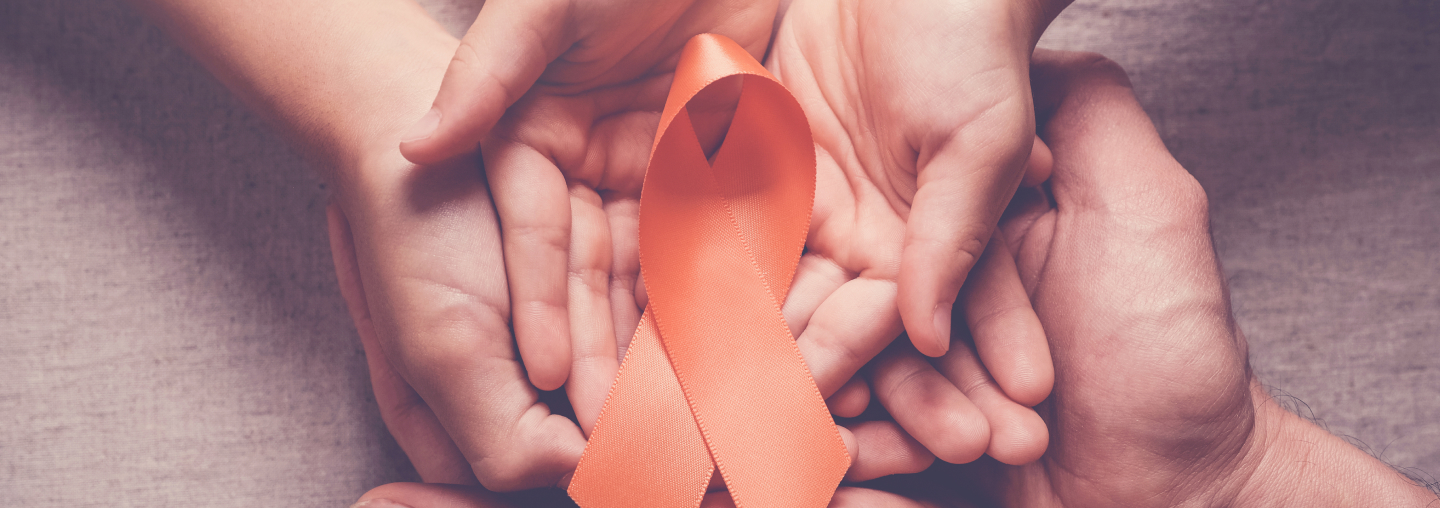8 Common signs of CRPS
CRPS patients face a daily battle with severe chronic pain and are thus often known as “warriors.” The battle begins with getting a timely diagnosis, since many healthcare workers are not familiar with the condition. Patients on average see four or more doctors before being correctly diagnosed.
Any chronic pain in an area with recent trauma, especially when accompanied by swelling and discoloration, should be suspected as CRPS. The pain is greater and more persistent than that normally associated with the healing process.
Be persistent and be your own advocate. If a practitioner dismisses your pain as “just in your head,” it’s time to find another doctor. Seek those physicians who have experience with CRPS diagnosis and treatment
Most individuals will not have all of the following symptoms, and the number and severity of symptoms may lessen during recovery or may occur intermittently with periods of remission.
1. Unprovoked or spontaneous pain that can be constant or fluctuate with activity.
Patients often describe the pain as a burning, stabbing, or stinging “pins and needles” sensation. Over time, if nerves remain chronically inflamed, pain can spread to involve most or all of an arm or leg, even if the originally affected area was smaller.
In a few cases, pain and other symptoms occur in a matching location on the opposite limb. This “mirror pain” is thought to reflect secondary involvement of spinal cord neurons (nerve cells).
2. Excess or prolonged pain after use or contact.
There is often increased sensitivity in the affected area, known as allodynia, in which even light touch and normal physical contact is very painful. Some notice severe or prolonged pain after a mildly painful stimulus such as a pinprick, heat, or cold. This is known as hyperalgesia.
3. Changes in skin temperature, skin color, or swelling of the affected limb.
The injured arm or leg may feel warmer or cooler than the opposite limb. The skin on the affected limb may change color, becoming blotchy, blue, purple, gray, pale, or red.
These skin symptoms typically fluctuate as they indicate abnormal blood flow in the area. Vasodilation (opening) and vasoconstriction (closing) of the small blood vessels under the skin are controlled by the C-nerve fibers that are injured in CRPS and lead to these skin abnormalities.
4. Changes in skin texture.
Over time, a lack of oxygen and nutrients can cause the skin in the affected limb to change texture. In some cases, it becomes shiny and thin, in others, thick and scaly. Avoiding contact or washing painful skin contributes to this change.
5. Abnormal sweating and nail and hair growth.
On the affected limb, hair and nails may grow abnormally rapidly or not at all, and people may notice patches of profuse sweating or no sweating. All are under neural control and influenced by local blood circulation.
6. Stiffness in affected joints.
This common problem happens when patients, in an effort to protect the affected limb, reduce movement, causing tendons and ligaments to stiffen. Tight ligaments or tendons sometimes rub or pinch nerves to provide an internal cause of CRPS in people who do not have external injuries.
7. Bone loss or excess bone growth.
In CRPS-affected limbs, bones that receive signals from the damaged nerves may infrequently become affected.
Bone abnormalities are often visible on X-rays or other imaging where they help specialists pinpoint the location of nerve damage and identify the best treatments. Rough or enlarged areas of bone, such as after a poorly healed fracture or from a bone cyst, can irritate passing nerves and initiate or prolong CRPS.
8. Impaired muscle strength and movement.
Most people with CRPS do not have direct injury to the nerve fibers that control the muscles coordinating muscle movement. However, most patients report reduced ability to move the affected body part. This is usually due to pain and abnormalities in the sensory input that helps coordinate movements.
Excess inflammation and poor circulation are not healthy for muscles, which can reduce strength.
Occasionally patients report abnormal movement in the affected limbs, fixed abnormal posture called dystonia, and tremors in or jerking. These symptoms can reflect the secondary spread of disturbed neural activity to the brain and spinal cord. Most resolve by themselves during CRPS healing.
TJ’s experience: shoulder pain and muscle atrophy
In TJ’s case, overprotecting and not using his affected right arm lead to extensive muscle atrophy in his shoulder. He started to experience multiple shoulder dislocations which in turn worsened the pain in his affected arm.
Eventually, TJ required surgery to repair his shoulder joint. The surgery, accompanied by prolonged ketamine anaesthesia, was successful and followed by post-surgical physical therapy with a therapist experienced in CRPS. These treatments eventually led to a partial remission in his condition.
